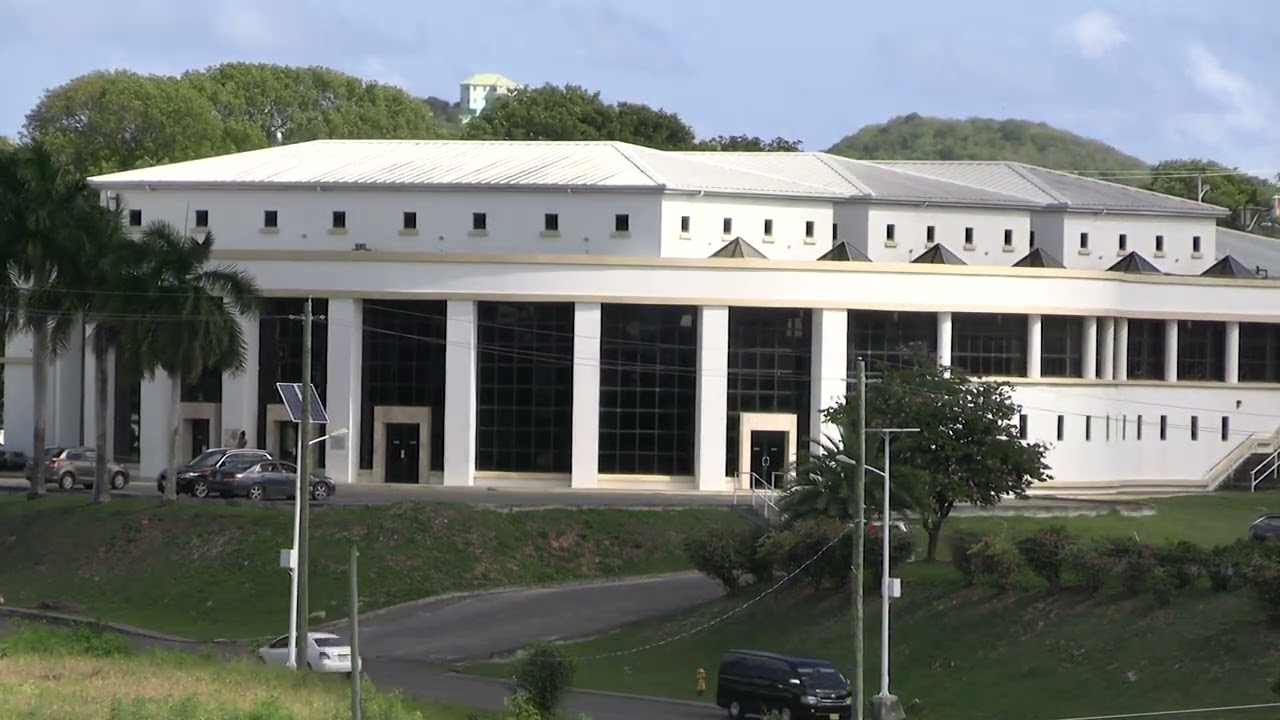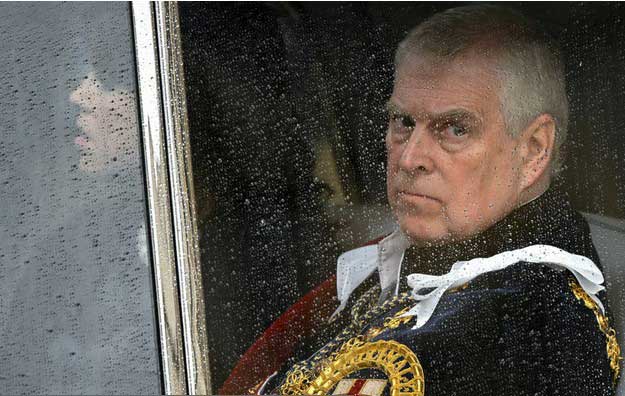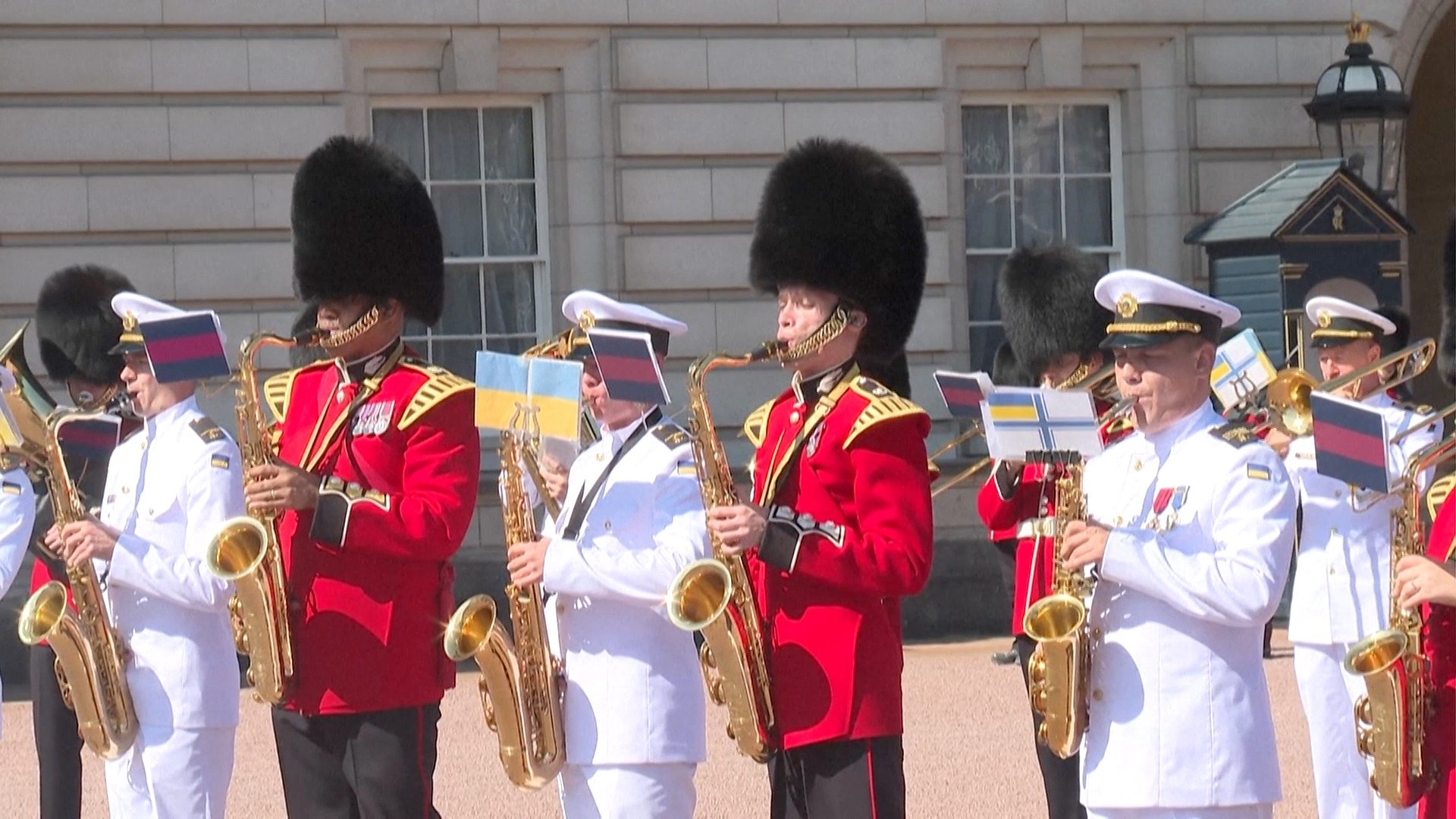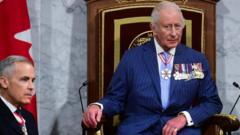The royal train, an emblem of British heritage and luxury, has officially been retired, following a recent announcement from Buckingham Palace. With over 150 years of service connecting the monarchy to its people, the train facilitated royal journeys across the nation, allowing the royal family to attend official engagements and personal events in comfort and style.
The royal train's history dates back to the time of Queen Victoria, who was reluctantly persuaded by her husband, Prince Albert, to travel by train for the first time in 1842. Originally skeptical of the mode of transportation due to fears about the speed inducing madness, she soon found it enjoyable, describing its 'slight motion' as much more pleasant than a carriage ride.
In 1869, inspired by her experience, Victoria commissioned a series of opulent private rail cars, some adorned with luxurious gold and silk interiors, which remained in service until the early 1900s. Interestingly, she refrained from dining on board, strictly adhering to the belief that it was harmful for digestion.
The retirement of the royal train marks the end of a tradition that not only served the monarchy but also became a part of Britain’s cultural fabric. This decision comes amid ongoing conversations regarding the royal family’s financial responsibilities and modernizing the monarchy in the current socioeconomic landscape.
With its departure, the royal train symbolizes the end of an era, connecting the present monarch, King Charles III, to the past roots of British royal history now permanently stationed in memory. As the royal family adapts to changing times, the legacy of the royal train remains an indelible part of their story.
The royal train's history dates back to the time of Queen Victoria, who was reluctantly persuaded by her husband, Prince Albert, to travel by train for the first time in 1842. Originally skeptical of the mode of transportation due to fears about the speed inducing madness, she soon found it enjoyable, describing its 'slight motion' as much more pleasant than a carriage ride.
In 1869, inspired by her experience, Victoria commissioned a series of opulent private rail cars, some adorned with luxurious gold and silk interiors, which remained in service until the early 1900s. Interestingly, she refrained from dining on board, strictly adhering to the belief that it was harmful for digestion.
The retirement of the royal train marks the end of a tradition that not only served the monarchy but also became a part of Britain’s cultural fabric. This decision comes amid ongoing conversations regarding the royal family’s financial responsibilities and modernizing the monarchy in the current socioeconomic landscape.
With its departure, the royal train symbolizes the end of an era, connecting the present monarch, King Charles III, to the past roots of British royal history now permanently stationed in memory. As the royal family adapts to changing times, the legacy of the royal train remains an indelible part of their story.























